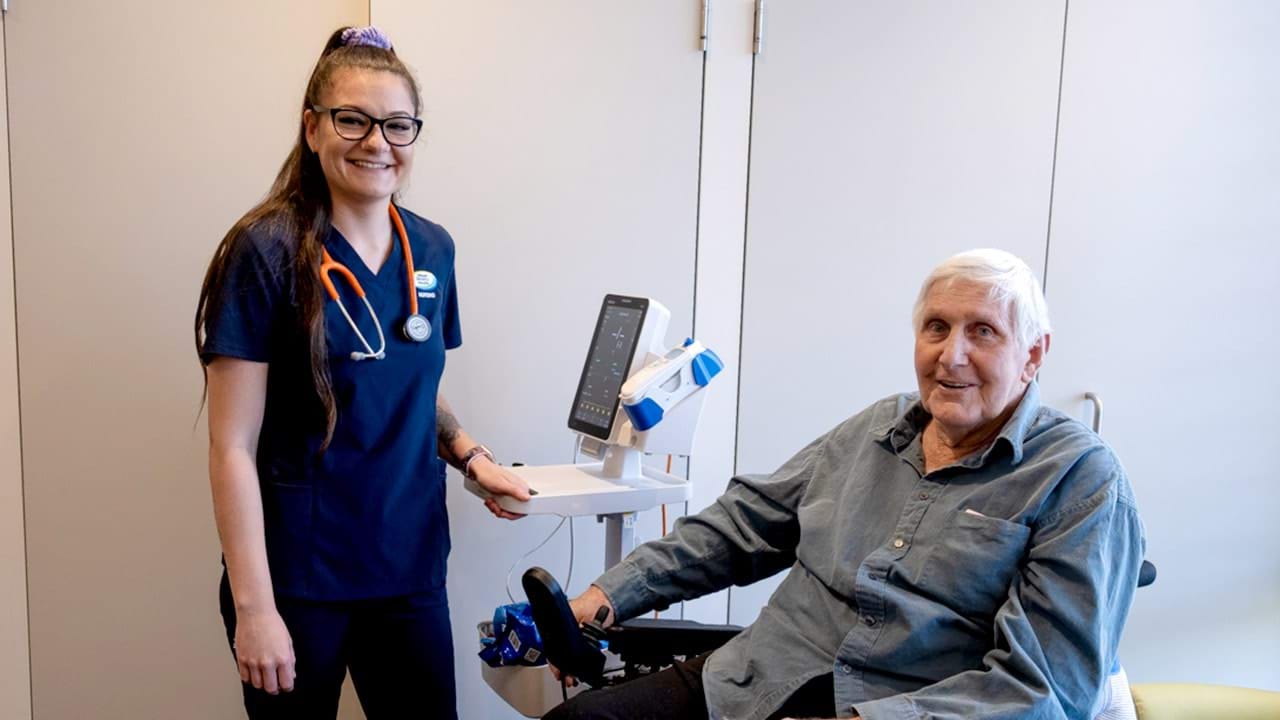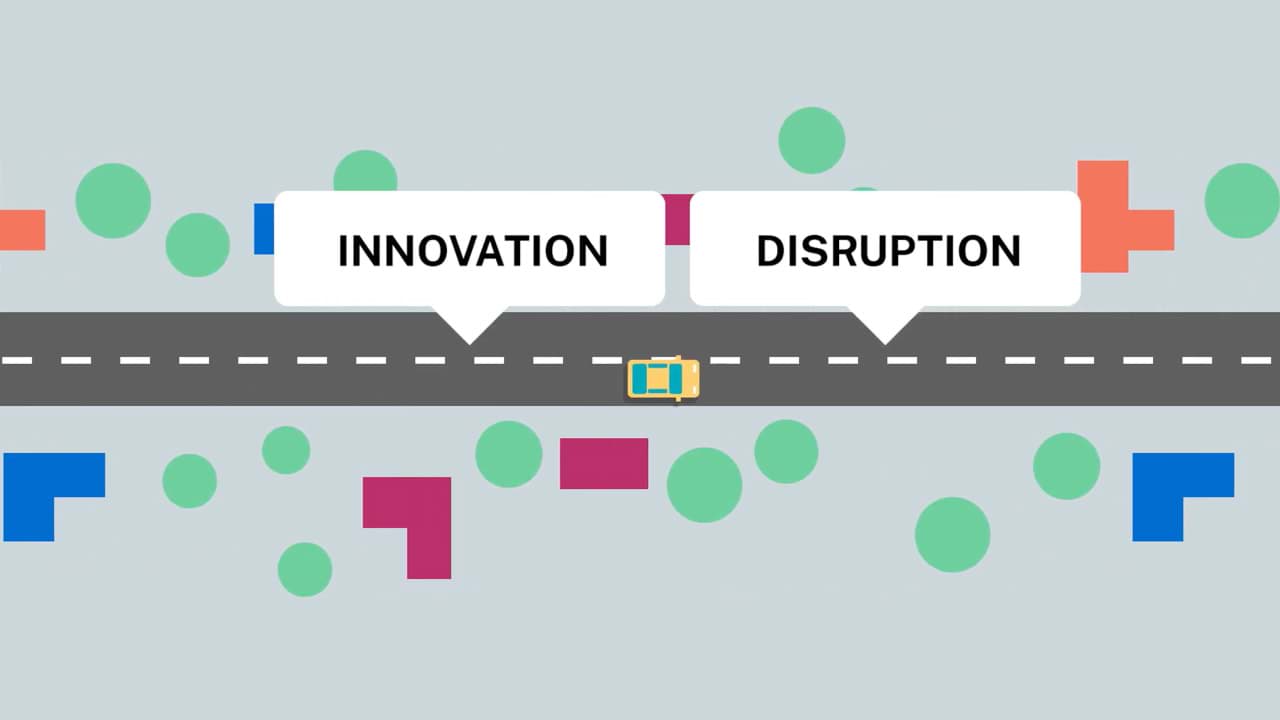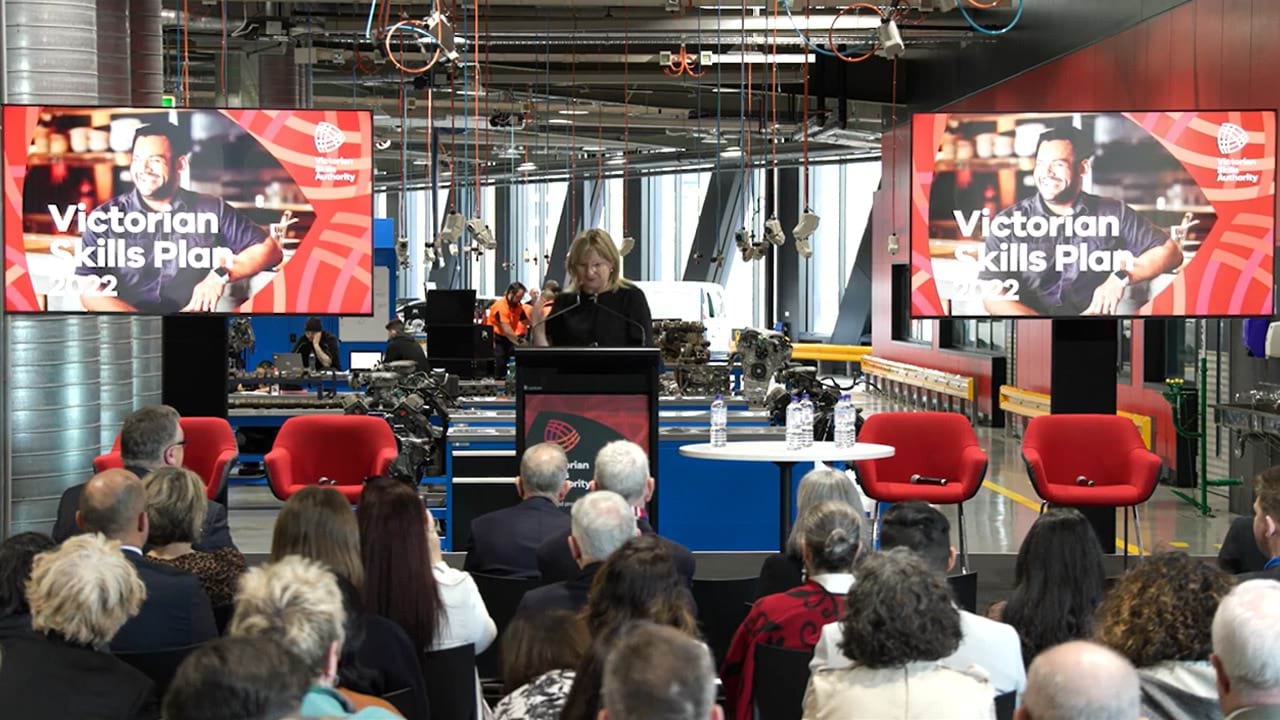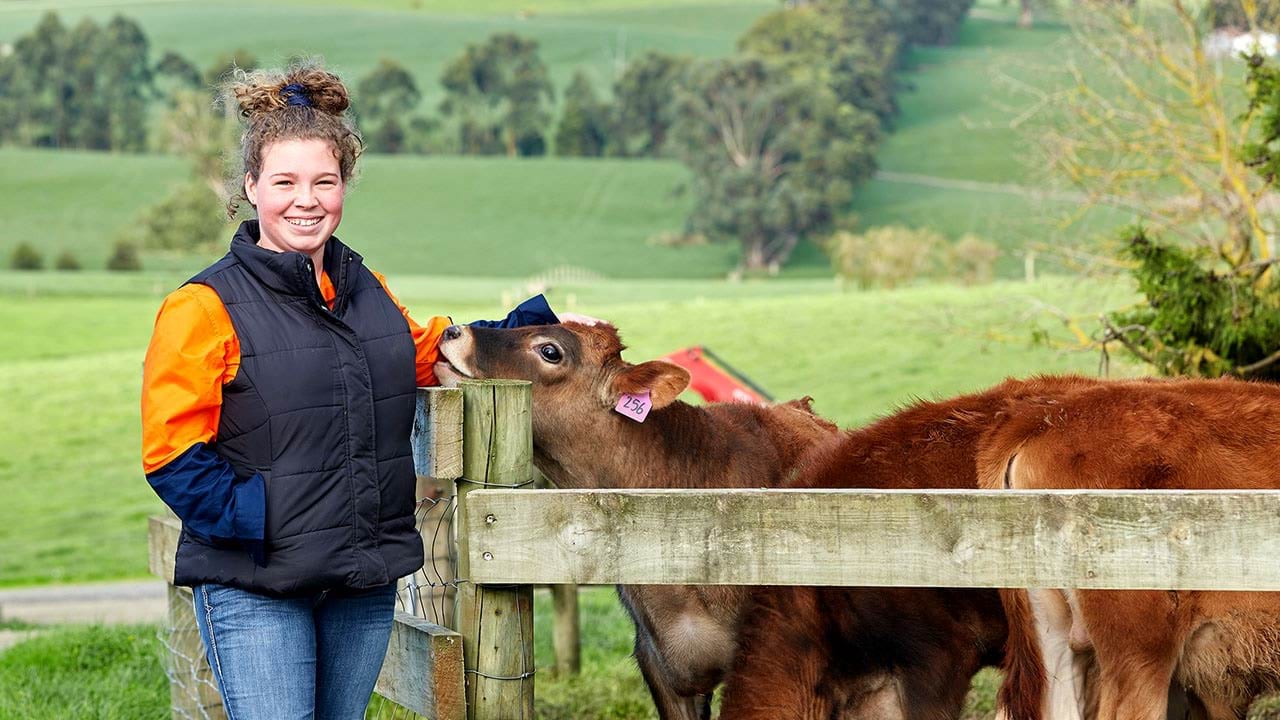The inaugural Victorian Skills Plan was launched on Monday 22 August 2022. Download a PDF version(opens in a new window) or read an accessible version online.
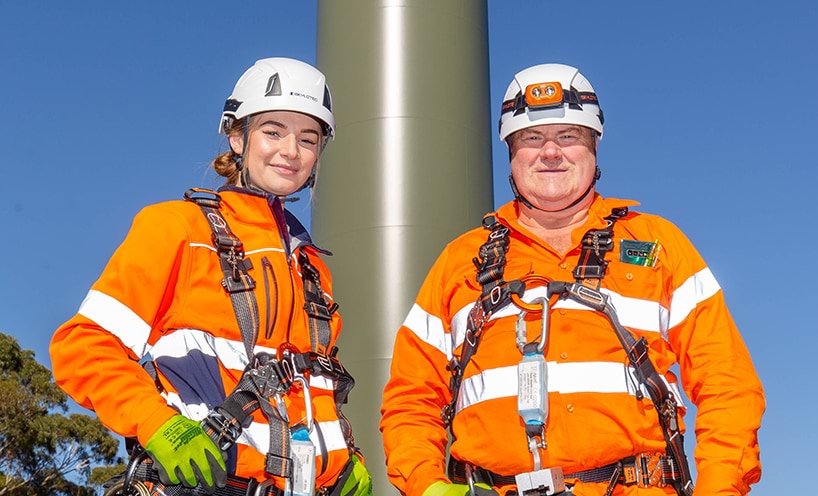
Victorian Skills Plan for 2022 into 2023
Explore the inaugural Victorian Skills Plan.
Victorian Skills Plan for 2022 into 2023 key information
Updated


